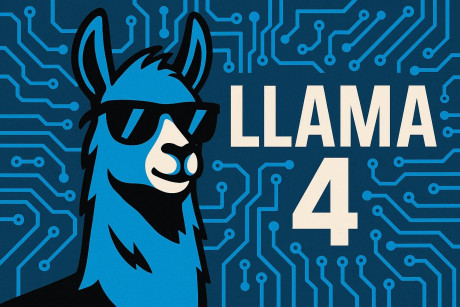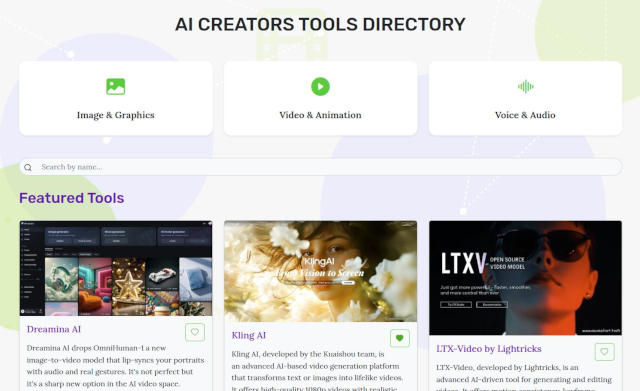Llama 3.2 Drops
Meta has released Llama 3.2, introducing small and medium vision models (11B and 90B) alongside lightweight text-only models (1B and 3B). These new models are designed to work on edge and mobile devices, including pre-trained and instruction-tuned versions. The 1B and 3B models, with a context length of 128K tokens, are ideal for on-device use cases like summarization and rewriting, running efficiently on Qualcomm, MediaTek, and Arm processors.
The 11B and 90B vision models surpass closed models like Claude 3 Haiku in image understanding tasks. Both pre-trained and customizable versions are available, enabling fine-tuning for specific applications with tools like torchtune and torchchat. Llama 3.2 is supported by a broad ecosystem of partners, including AWS, Databricks, and Dell, allowing easy deployment across environments such as cloud, single-node, and on-device systems.
Meta has partnered with over 25 companies, including Intel, Microsoft, and Google Cloud, to make Llama 3.2 models available for immediate download on platforms like Hugging Face. With a strong focus on openness, Meta aims to drive AI innovation, giving developers around the world the tools to create breakthrough applications. The Llama 3.2 models prioritize privacy and faster processing by running locally on devices, without the need to send data to the cloud.
The 11B and 90B models excel in tasks like image reasoning, such as analyzing graphs and maps or extracting details to generate captions. Meanwhile, the 1B and 3B models specialize in multilingual text generation and tool use, making them ideal for building privacy-focused, on-device applications.
Llama 3.2 VISION Tested - Shockingly Censored!
<p ">The model refused to identify a celebrity, solve a CAPTCHA, or generate code from an image, citing censorship reasons. This level of censorship is surprising and raises questions about the model's practical usability for tasks that require such capabilities..
This is probably the most exciting aspect of Llama 3.2. Its multimodel capabilities allow the model to reason with high-resolution images. This feature enables users to transform existing images into new ones, extract detailed information from images, and even summarize images by asking multiple questions. For example, the model can generate a poem based on an image, demonstrating its advanced understanding and creative capabilities.
This multimodel functionality is particularly interesting because it combines text and image processing, offering a better AI experience. The ability to interact with images in such a detailed and creative manner opens up new possibilities for applications in various fields, from art and design to data analysis and beyond.
Another great aspect of this news is that the 11b model could even run on a good gaming laptop, couple that with it being open source means it is accessible to nearly anyone with relative ease.
Meta has worked closely with Qualcomm, MediaTek, and Arm to optimize the models for mobile devices. Future updates will include faster, more efficient versions. Llama 3.2 has been evaluated on over 150 benchmark datasets, proving competitive with industry leaders and demonstrating strong performance across various tasks.
Meta’s Llama Stack further simplifies AI deployment with tools like a command-line interface and Docker containers, allowing developers to work seamlessly in cloud, on-premise, or on-device environments. The system includes multiple API providers, enabling developers to scale easily with Llama models.
Llama 3.2 also introduces new safety measures, including Llama Guard 3, designed to filter harmful content in image+text prompts and outputs. The updated Llama Guard is more efficient and reduces deployment costs, making responsible AI easier to implement.
Llama 3.2 is now available for developers to download and use.
Last modified 21 December 2024 at 21:09
Published: Sep 27, 2024 at 7:37 AM
Related Posts

Llama 4 Is Here and It's Not Messing Around
6 Apr 2025

AI Disruption: Job Losses and a Future in Flux
13 Jan 2025
